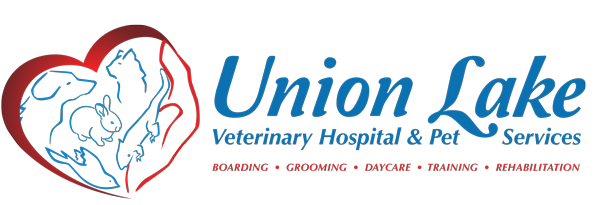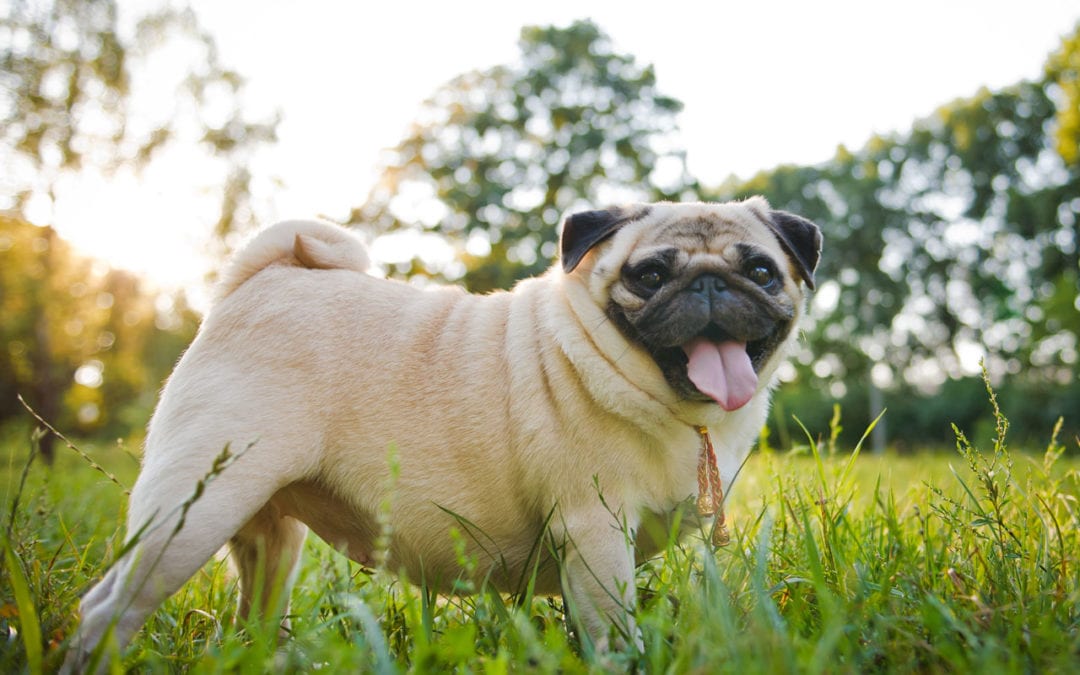If you’re like most of us, eating became more of a pastime than a necessity during the pandemic shut-down. Staying at home, whiling away the hours, often included snacks, snacks, and did we say snacks? With the whole family stuck indoors, we’re betting that the family Fluffy or Fido got a few more treats their way, too. We are here to guide you through a few steps for pet weight loss.
If you’ve noticed that your pet gained weight during the pandemic, the team at Union Lake Veterinary Hospital can help. Our steps can help get your pet back to the right weight while maintaining healthy eating and exercise. Let’s get to it!
Your Pet’s Diet
One of the biggest components of your pet’s weight management is what they eat. Make sure your pet has the right diet for their size, age, and health. Your veterinarian at ULVH is more than happy to make recommendations if you would like. Don’t concern yourself with low-calorie or reduced-calorie kibble, because a change in the diet may bring about digestive upset.
Instead, look at the portion size as recommended on the side of the food packaging. Stick with the right portion. Make it easier by finding a measuring cup to help ensure the correct portion size. If your pet is unable to exercise as much due to other conditions or age, just reduce the portion slightly or ask us the right portion.
Non-Treat Rewards
It’s easy for the family to give out treats whenever your pet whines or wants attention. It may be easy, but it is bad for your pet in the long run. Those small treats really add up in your pet’s daily caloric intake. Switch to a different, non-edible form of reward. Buy some new toys. Add more backyard fetch or another walk as a special thing to treat your pet with. Snuggles, brushing, a car ride, and so on. There are so many ways we can reward our pets without adding to their weight.
Consider these following fun activities:
- Learn some new tricks together
- Snuggle on the couch with your pet
- Use verbal praise to encourage good behavior
- Buy interactive toys, like a laser light or feather toy
- Swap out old toys and replace them with new items
Increase the Time Spent Moving
If your dog has become quite the couch potato, plan for at least 20-30 minutes of exercise to get your pet moving each day. You can choose from a number of things, including running together, hiking, walking, tug-of-war, hide-and-seek, fetch, and other fun, energetic forms of movement.
Base your type of movement and the duration to your dog’s health and overall fitness. Gradually add more time to the walk or other activities to acclimate your pet to the new form of fitness.
Make a Plan and Stick with It
Determine the source of your pet’s weight gain–too much kibble or cat treats, people food, not enough exercise, or a combination of these. Then you can really drill down into addressing your pet’s weight problem by adjusting your furry one’s lifestyle.
Ask your veterinarian for a good pet weight loss program for your best friend. It is dangerous for a pet to drop weight quickly, so assume this is a long-term goal and have patience and tenacity. Your pet will, of course, want more food than you give out, but remember that it is in their best interest to maintain good health, vitality, and longevity.
Helping Your Pet Lose Weight
The team at ULVH works with many families whose pets need a little assistance in the weight department. We are here for you to answer additional questions about pet weight loss, or if you would like to schedule an appointment, please do not hesitate to call. Our canine physical rehabilitation center offers conditioning programs as well if you would like to try something fun and different for you and your dog!

